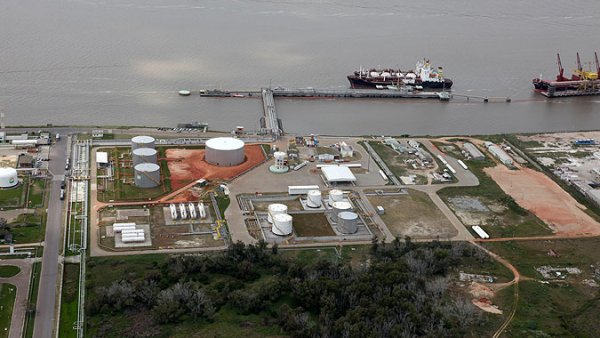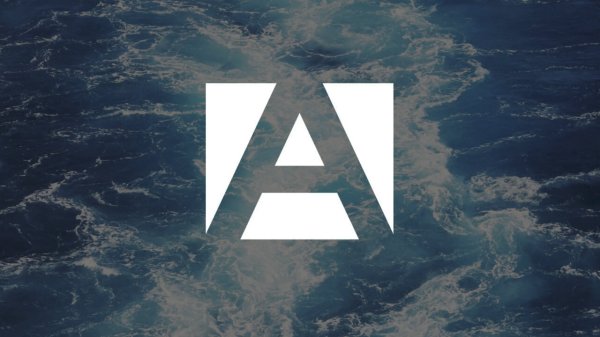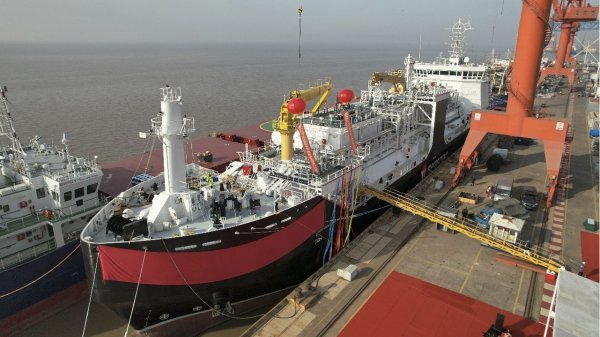Chinese scrubber manufacturer gets DNV GL approval
Approval is the first of its kind for a scrubber according to new DNV GL rule set.
DNV GL has awarded the Chinese scrubber manufacturer Shanghai Bluesoul Environmental Technology with an approval in principle (AIP) in recognition of the technical feasibility of the BlueSulf scrubber system.
The AIP is the first of its kind for a scrubber according to the new DNV GL rule set, and the first for a Chinese scrubber manufacturer.
DNV GL will also provide advisory services to Bluesoul, including hardware-in-the-loop testing, simulations using the DNV GL COSMOSS tool and analyses using computational fluid dynamics (CFD).
"We are very pleased to be the first Chinese supplier to receive this AIP and it demonstrates BlueSulf's design in compliance with DNV GL class rules requirements, by using the sodium alkali method to clean exhaust gases. We have signed three scrubber projects with Chinese and European owners and we are also in negotiations for several potential retrofit and new building projects. Thanks to DNV GL's extensive experience in scrubber technology and our continued collaboration, we are confident that we will gain a large share in the scrubber market," said Jacky Chow, Chief Operating Officer of Shanghai Bluesoul, at the AiP handover and contract signing in Shanghai.
"For us at DNV GL, this is the first project with a Chinese manufacturer, where we will provide such a comprehensive set of services, ranging from the initial AiP to advisory services and the final certification. This project is a global effort and involves our local specialists in China as well as support from scrubber classification and advisory experts based in Norway, Germany and Greece. We are very pleased about the trust Bluesoul has placed in us and look forward to working closely with the company now and in the future," remarked Vincent Li, DNV GL Maritime Regional Business Development Manager in Greater China.
Shanghai Bluesoul's Bluesulf scrubber is a hybrid system that can switch between open- and closed-loop mode. This type of system is designed to allow greater flexibility to adjust to changes in water salinity and requirements in different ports - in some areas the use of open-loop scrubbers has been prohibited. Able to operate both on seawater and fresh water, the design is said to reduce the sulphur content in exhaust gas to 0.1 percent or less, ensuring compliance with the requirements of the Chinese Emission Control Area (0.5 percent) that has been in force in eleven ports in China since 1st January 2017 and the upcoming global sulphur cap.
"These regulations have created a new market for scrubbers in the region and we are pleased to be part of that and support customers in developing safe, reliable and efficient exhaust gas cleaning systems," added Fabian Kock, Head of Section Safety and System, DNV GL Approval Centre China.
Hardware-in-the-loop testing
DNV GL says it is currently the only classification society to offer hardware-in-the-loop testing on scrubber automation systems through its Marine Cybernetics team. These tests are carried out in a virtual environment, enabling experts to check whether a scrubber control system is robust enough to withstand the expected stresses.
"By the time an automation system goes into operation at sea, its performance has been fully verified down to the individual line of software code," DNV GL said.
Image: The BlueSulf scrubber system, developed by Shanghai Bluesoul Environmental Technology.
The AIP is the first of its kind for a scrubber according to the new DNV GL rule set, and the first for a Chinese scrubber manufacturer.
DNV GL will also provide advisory services to Bluesoul, including hardware-in-the-loop testing, simulations using the DNV GL COSMOSS tool and analyses using computational fluid dynamics (CFD).
"We are very pleased to be the first Chinese supplier to receive this AIP and it demonstrates BlueSulf's design in compliance with DNV GL class rules requirements, by using the sodium alkali method to clean exhaust gases. We have signed three scrubber projects with Chinese and European owners and we are also in negotiations for several potential retrofit and new building projects. Thanks to DNV GL's extensive experience in scrubber technology and our continued collaboration, we are confident that we will gain a large share in the scrubber market," said Jacky Chow, Chief Operating Officer of Shanghai Bluesoul, at the AiP handover and contract signing in Shanghai.
"For us at DNV GL, this is the first project with a Chinese manufacturer, where we will provide such a comprehensive set of services, ranging from the initial AiP to advisory services and the final certification. This project is a global effort and involves our local specialists in China as well as support from scrubber classification and advisory experts based in Norway, Germany and Greece. We are very pleased about the trust Bluesoul has placed in us and look forward to working closely with the company now and in the future," remarked Vincent Li, DNV GL Maritime Regional Business Development Manager in Greater China.
Shanghai Bluesoul's Bluesulf scrubber is a hybrid system that can switch between open- and closed-loop mode. This type of system is designed to allow greater flexibility to adjust to changes in water salinity and requirements in different ports - in some areas the use of open-loop scrubbers has been prohibited. Able to operate both on seawater and fresh water, the design is said to reduce the sulphur content in exhaust gas to 0.1 percent or less, ensuring compliance with the requirements of the Chinese Emission Control Area (0.5 percent) that has been in force in eleven ports in China since 1st January 2017 and the upcoming global sulphur cap.
"These regulations have created a new market for scrubbers in the region and we are pleased to be part of that and support customers in developing safe, reliable and efficient exhaust gas cleaning systems," added Fabian Kock, Head of Section Safety and System, DNV GL Approval Centre China.
Hardware-in-the-loop testing
DNV GL says it is currently the only classification society to offer hardware-in-the-loop testing on scrubber automation systems through its Marine Cybernetics team. These tests are carried out in a virtual environment, enabling experts to check whether a scrubber control system is robust enough to withstand the expected stresses.
"By the time an automation system goes into operation at sea, its performance has been fully verified down to the individual line of software code," DNV GL said.
Image: The BlueSulf scrubber system, developed by Shanghai Bluesoul Environmental Technology.

|
IMO approves pricing mechanism based on GHG intensity thresholds
Charges to be levied on ships that do not meet yearly GHG fuel intensity reduction targets. |
|
|
|
||

|
VARO Energy expands renewable portfolio with Preem acquisition
All-cash transaction expected to complete in the latter half of 2025. |
|
|
|
||

|
NYK trials biofuel in milestone coal carrier test
Vessel is used to test biofuel for domestic utility company. |
|
|
|
||

|
H-Line Shipping orders LNG bunkering vessel
Vessel with 18,000-cbm capacity to run on both LNG and MDO. |
|
|
|
||

|
How to engineer and manage green shipping fuels | Stanley George, VPS
Effective management strategies and insights for evolving fuel use. |
|
|
|
||

|
Swedish government bans scrubber wastewater discharges
Discharges from open-loop scrubbers to be prohibited in Swedish waters from July 2025. |
|
|
|
||

|
MAN Energy Solutions achieves 100% load milestone for ammonia engine
Latest tests validate fuel injection system throughout the entire load curve. |
|
|
|
||

|
Petrobras secures ISCC EU RED certification for B24 biofuel blend at Rio Grande
Blend consisting of 24% FAME is said to have been rigorously tested to meet international standards. |
|
|
|
||

|
Stolt-Nielsen to fully control Avenir LNG with acquisition
Share purchase agreement to buy all shares from Golar LNG and Aequitas. |
|
|
|
||

|
Bureau Veritas supports launch of CIMC SOE's LNG bunkering vessel
Handover of Seaspan Energy's cutting-edge 7,600-cbm vessel completed. |
|
|
|
||
Related Links
- · Alfa Laval sells 100th U-design scrubber [Insights]
- · EnSolve scrubber trial 'successful' [Insights]
- · Yara Marine scrubbers for four feeder ships [Insights]
- · Wartsila scrubbers the first to be flag-approved in Asia [Insights]
- · Scrubber system for Great Lakes cement carrier [Insights]
- · China [Directory]

